Do as I say about packing and planning trips to Ireland, and not what I do.
Packing and planning for international travel is difficult, especially with headlines about lost luggage, delayed or canceled flights, and stranded passengers.
With five trips during my life to Ireland, and about four years of living and working in Europe, I wish I could say I learned to minimize my luggage, but it’s challenging.
Here, I’ve put together some tips and resources to hopefully lessen the stress of traveling to Ireland!
Packing for Ireland
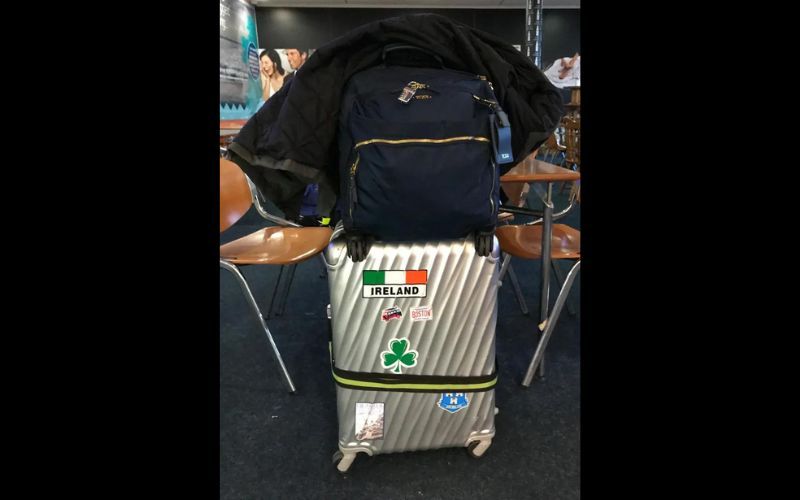
Luggage at Kerry Airport – Bags packed and ready for air travel on January 2, 2019, travel from Kerry to Dublin. (Photo by Jannet L. Walsh.)
One bag for travel, if possible
The less you must manage or haul around in your luggage, the less there is to go missing. Check directly with your airlines about carry-on luggage and other baggage limits and requirements. Carry extra pair of prescription glasses and a prescription card for eyeglasses, as well as any medications you may need. Here's a handy travel checklist from Ireland.com.
My four tips for packing for Ireland
- Wear: Plan one outfit to wear for the day of travel to Ireland with the bulkiest items, like hiking boots, and outerwear (jackets or coats).
- Spare: Pack one spare outfit in your bags
- Double duty: Pack one outfit for sleeping that can double for a daytime outfit, such as a comfortable workout outfit.
- Ireland sells clothing: Buy what you need in Ireland if necessary.
Make copies of important documents, including:
- Passport
- Driver’s license
- Bank and credit cards
- Travel insurance policy
- Travel documents
Luke Gerard Lanigan, a Qualified Irish National Tour Guide with Destination Ireland Tours in Co Galway, says travelers need to be prepared for the unexpected. He shared on social media recently, “It’s a good idea to take photocopies of important documents and bring a copy with you, and maybe leave a copy at home with someone you trust.”
“This means if your luggage goes missing or a bag is stolen containing these important documents, you will have a copy with you, including information on what to do if something goes wrong, for example, contact details for your bank or travel insurance company."
(In June 2022, Lanigan sent me an email stating he knew the location of a 1953 Kodachrome image taken by my late father, Martin J. Walsh Jr. of Murdock, Minnesota which was featured in my story Seeing Ireland through my father’s vintage Kodachrome images! Lanigan believes it's 144 Bohermore, Galway, in Co Galway, the present-day location of Tonery’s Bar.)
How to carry valuables in Ireland
Here’s what I do: Carry your passport, cash, credit cards, and travel documents in a secure, hidden travel pouch always attached to you. It’s best if hidden under your coat or other garments. Consider wearing a coat or outerwear that’s a size larger than usual to accommodate for hiding your values. Secure your smartphone in a zippered, closed pocket, not an open pocket. If your important items are hidden and secured, then you have a better chance of surviving the actions of thieves when your valuable documents are in your backpack or other bags. Learn more tricks to outsmart pickpockets and thieves by travel professional Rick Steves.
Getting to and around Ireland
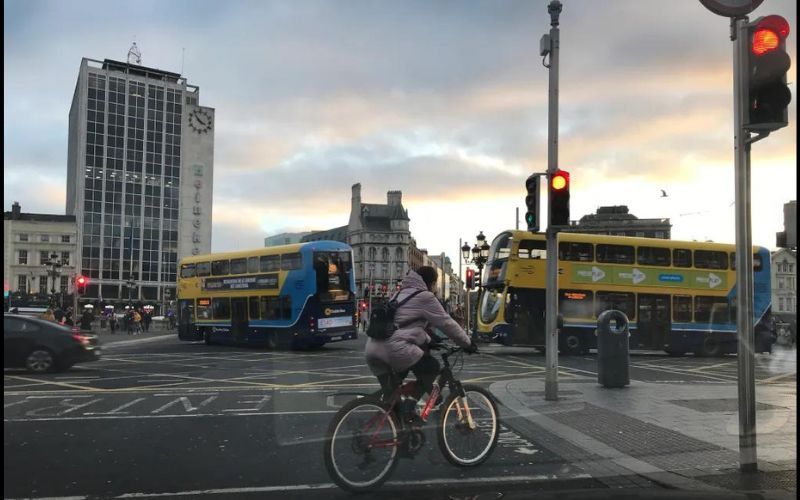
Driving from Dublin Airport by taxi over the O’Connell Bridge and River Liffey, cars, double decker buses, bicyclists, cars and pedestrians merge near the D’Olier Street and O’Connell Street Lower, Dublin, about 4 pm, January 2, 2019. The large building on the left with the Heineken advertisement on the facade is called the O’Connell Bridge House. Learn more about the architecture of the large 1965 building, and what the locals think of the structure. (Photo by Jannet L. Walsh.)
Flights and ferries
You can travel direct by plane or ferry to Ireland, depending on where you originate your travels. There are nine airports in Ireland, with Shannon Airport and Dublin Airport being the two main ones.
Getting around Ireland
After arriving in Ireland, there are many options for getting around. Car, bus, train, taxi, ferry, cycle, and airplane are a few ways to get around Ireland after you arrive. Learn more about public transportation in Ireland here.
You might consider renting a car, or as it's called in Ireland, hire a car. Cars travel on the left side of the road, with the driver seated in the right front seat nearest the center of the road if the road is divided. If you travel in rural area, you might be on a one-lane or one-track road and will need to negotiate the road with oncoming traffic, or sheep, like in the Black Valley, County Kerry, or other locations.
Speed limits are posted in miles in Northern Ireland and kilometers in Ireland. Seat belts are required for the entire island of Ireland. Learn more about driving laws in Ireland at Ireland.com.
Walking around Ireland
Getting around by foot in Ireland is an incredible way to meet nature in Ireland and travel along the Dingle Way, Kerry Way, Wicklow Way, Burren Way, and other established walking paths. Ireland.com lists walks and maps, as well as hiking shoes and other gear. Tripadvisor also lists both city walks and grand nature walks.
The Ireland Walking Guide is a list of walking guides in Ireland. I’ve walked parts of the Kerry Way, and highly recommend day walks. The Ordnance Survey Maps for Ireland are excellent and are very detailed. Ordnance maps are also very helpful if you are driving back country roads seeking farms and townlands of your ancestors or remote locations as many rural roads do not have names posted. Your smartphone GPS might not be as helpful as having a map in your hands when you are lost. Consider bringing a small pocket compass for orientation.
Where to sleep in Ireland
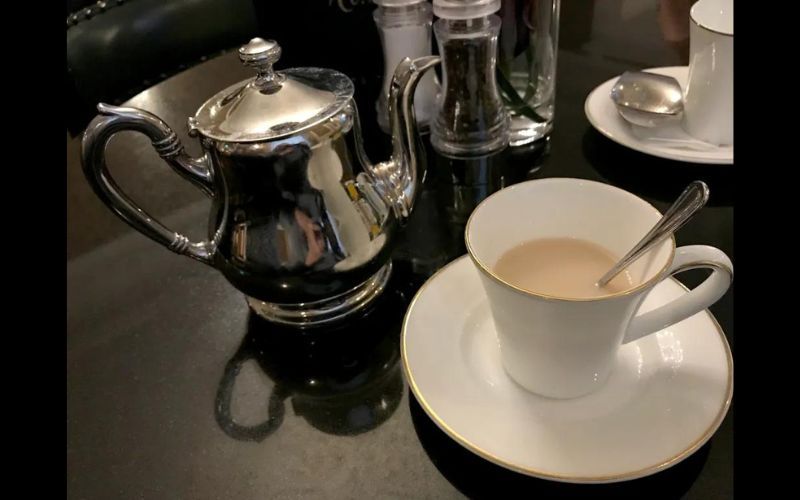
A hot pot of coffee on a winter afternoon, about 3 pm, at the No. 27, The Shelbourne Bar, attached to the Shelbourne Hotel, located at St. Stephens Green, Dublin. (Photo by Jannet L. Walsh.)
There are many options to stay in Ireland ranging from self-catering, bed and breakfast, hotels, hostels, and more. Here’s an overview of places to call home in Ireland found at Ireland.com.
When looking for where to stay, ask friends and family where they stayed in Ireland. Look beyond hotels, consider self-catering locations like cottages. My favorite places to stay are Irish cottages as it’s wonderful to meet local Irish families and have an inside connection to Ireland.
Before booking a room, understand what happens if you need to change or cancel your reservation.
A few places I’ve stayed in Ireland. (Not a complete list as I can recommend most of the places I’ve stayed!)
- Stauntons on the Green, next to St. Stephen’s Green, Dublin
- The Shelbourne, next to St. Stephen’s Green, Dublin
- The Arbutus Hotel, Buckley’s Bar attached with Irish music, Killarney, County Kerry
- Killarney Royal, Killarney
- Shamrock Cottage, Black Valley and Gap of Dunloe, rural Killarney
- Crosstown Cottage, rural Killarney
- WatersEdge, Cobh, County Cork
Some extra tips before you head to Ireland
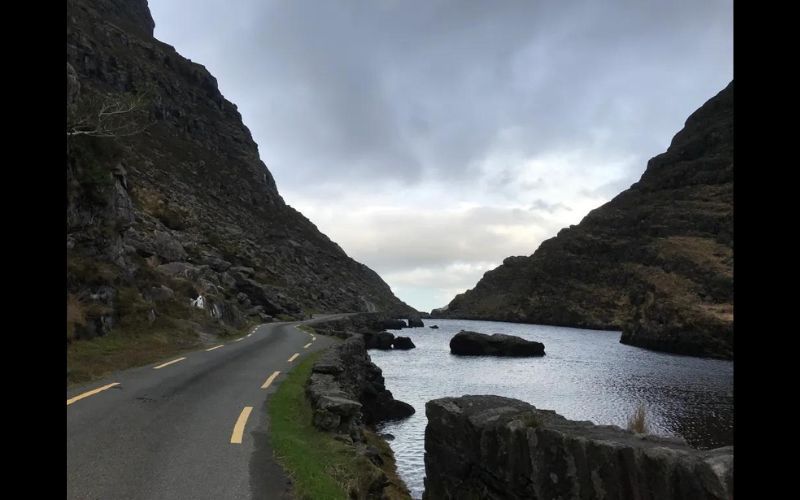
The Serpents Lake in the Gap of Dunloe, near Killarney, County Kerry, Ireland, December 26, 2018. (Photo by Jannet L. Walsh.)
Emergencies, health, and money in Ireland
- Emergencies: Who to call, vehicle breakdowns, tourist support services
- Health: Medical and travel insurance, pharmacies, opticians
- Money: Euros in Ireland, pound sterling in Northern Ireland
Gadgets and electricity
Electrical plugs in Ireland are three-pronged, and the electricity supply is 230v/50hz. Bring an adapter so you can keep your devices charged up. Check the requirements for your device with the manufacturer of your gadgets or laptops. Consider a portable power bank to avoid the dreaded dead battery for cameras and smartphones. Learn more about gadgets and requirements for power in Ireland.
Postcards and Irish postage stamps
You can’t use US postage stamps to send mail from Ireland. I can still remember my late Aunt Agnes tell me this fact when I visited Ireland for the first time in the 1980s. There are several locations to buy postage stamps in Ireland for postcards to send back home. Ask local Irish folks to direct you to a post office about buying stamps. If you are in Dublin, consider visiting the historic General Post Office, GPO, located on O’Connell Street, headquarters to the An Post, the Irish Postal Service. You can buy postage stamps and visit the GPO Museum Witness History, and see the location known as a stronghold for Irish independence during the 1916 Rising against British rule.
Shipping souvenirs home
On my last trip to Ireland in January 2019, I shipped a box of personal items home to avoid carrying them in my luggage. The hotel I stayed at in Dublin had An Post shipping boxes ready, and help me send off my box. You can inquire at any Irish post office when you are in Ireland or enlist help.
When you are buying souvenirs, especially bulky wool items like Aran sweaters, ask before you buy if the store will ship your purchase.
Relax
Plan wisely for your trip to Ireland, and enjoy your adventures!
* Jannet L. Walsh of Murdock, Minnesota is a photographer, writer, and educator. She is the author of the forthcoming creative nonfiction quest narrative “Higgledy-Piggledy Stones: Family Stories from Ireland and Minnesota,” scheduled for publication in 2022 by Shanti Arts Publishing. You can follow Walsh on Facebook and Twitter, and on her other social media channels, with the hashtag #IrishFamilyHistoryDetective. View additional details for Irish travel online on her Travel to Ireland Guide.
* Originally published in 2022, updated in June 2023
This article was submitted to the IrishCentral contributors network by a member of the global Irish community. To become an IrishCentral contributor click here.
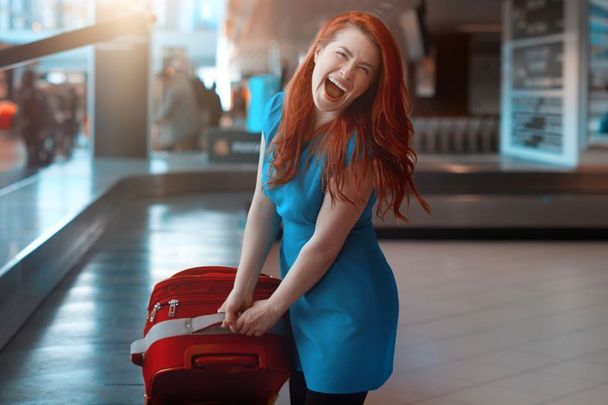



Comments